Dylan Hewlett
Advisor: Neil Minuk
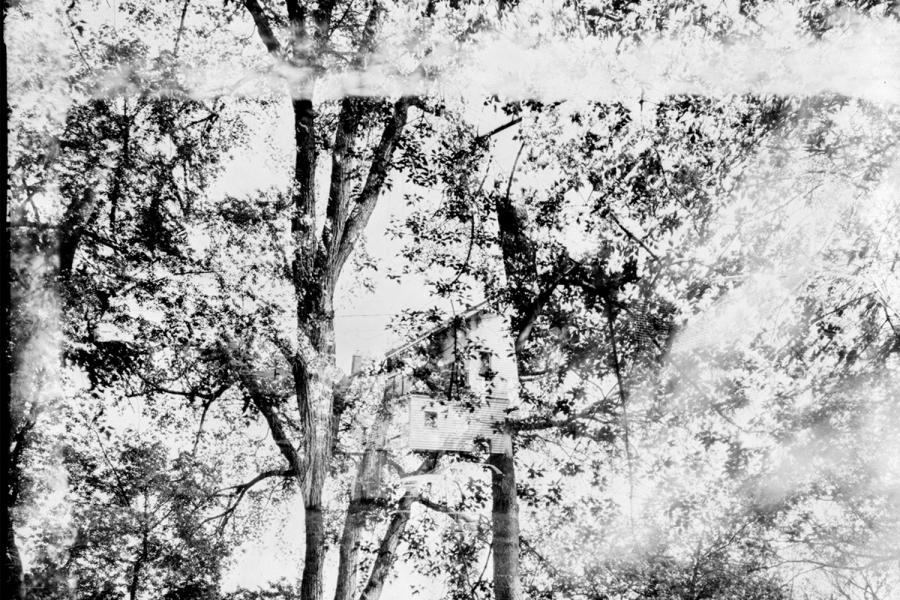
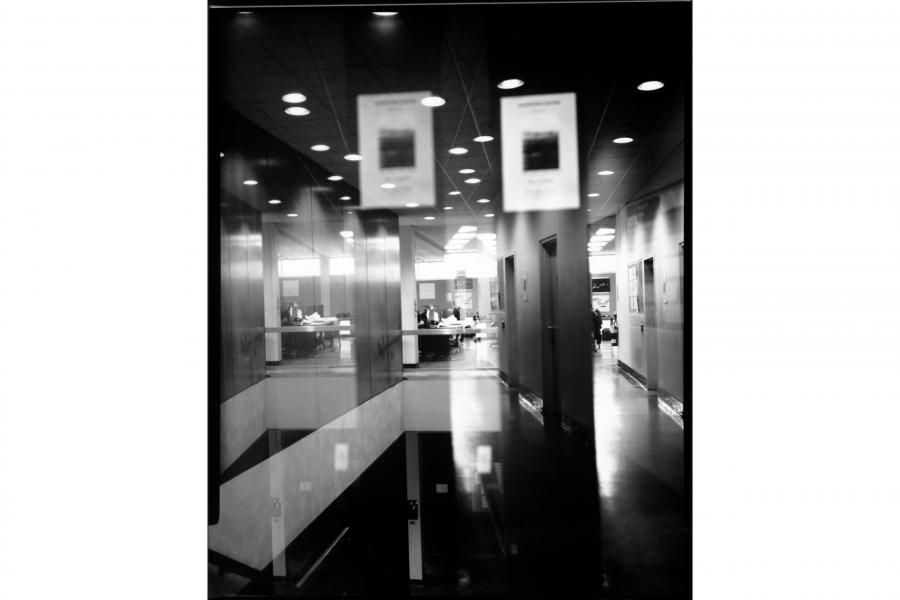
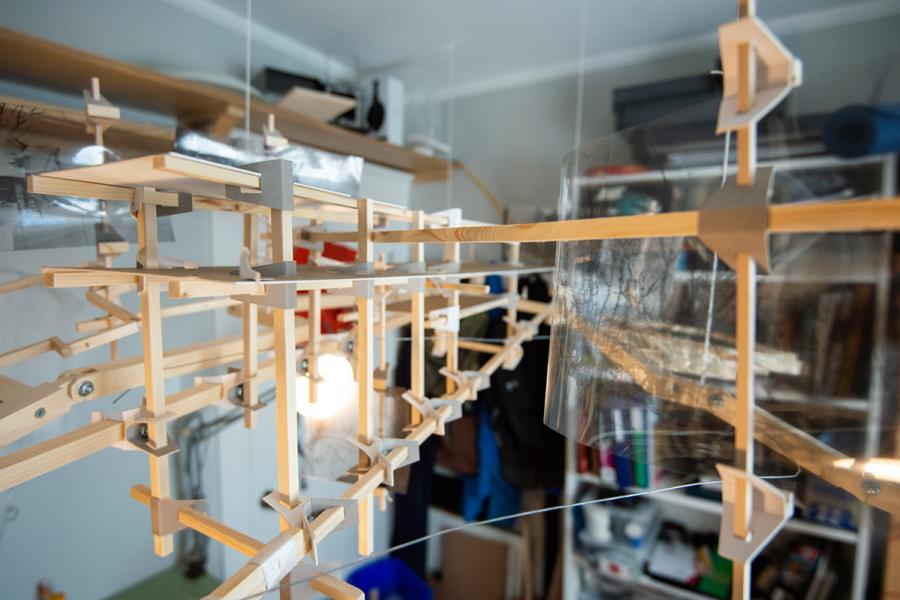
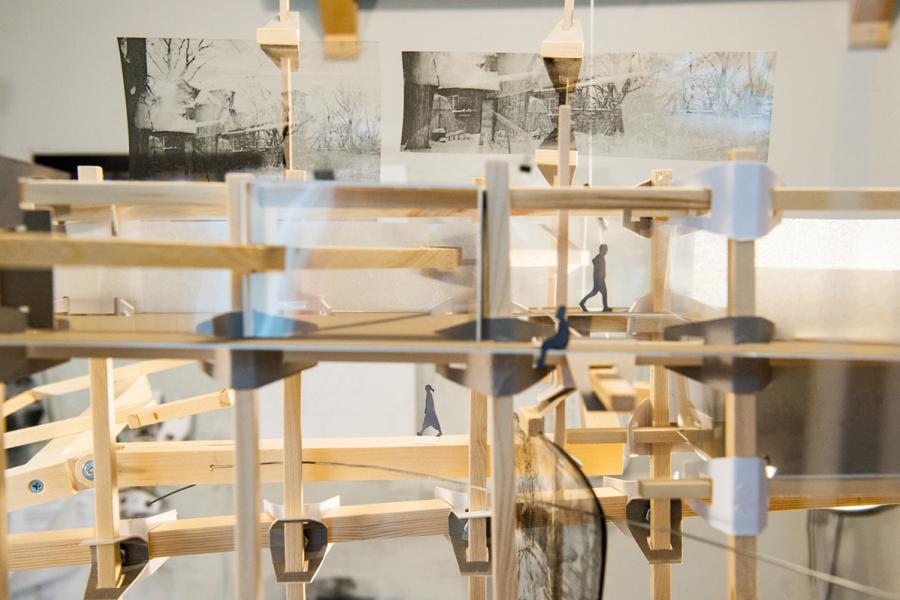
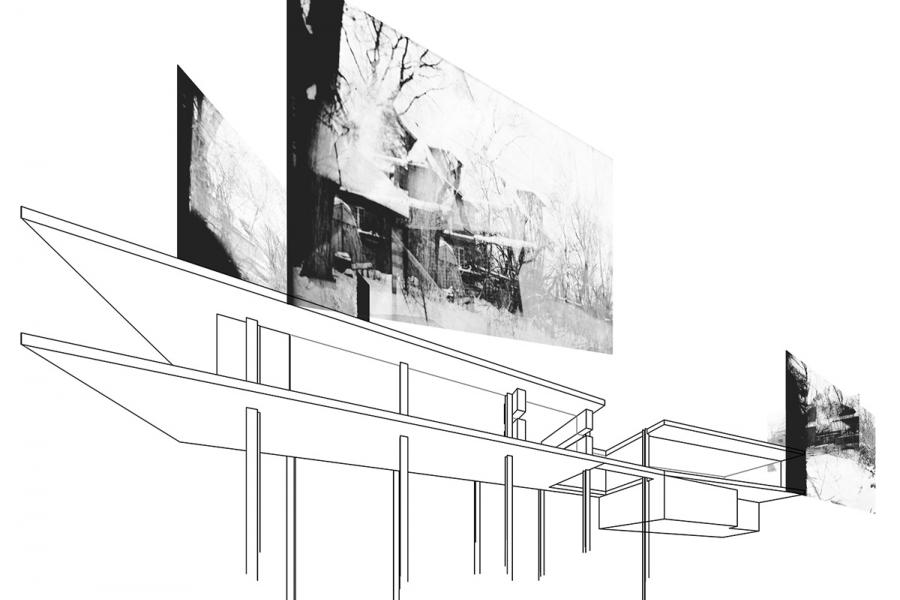
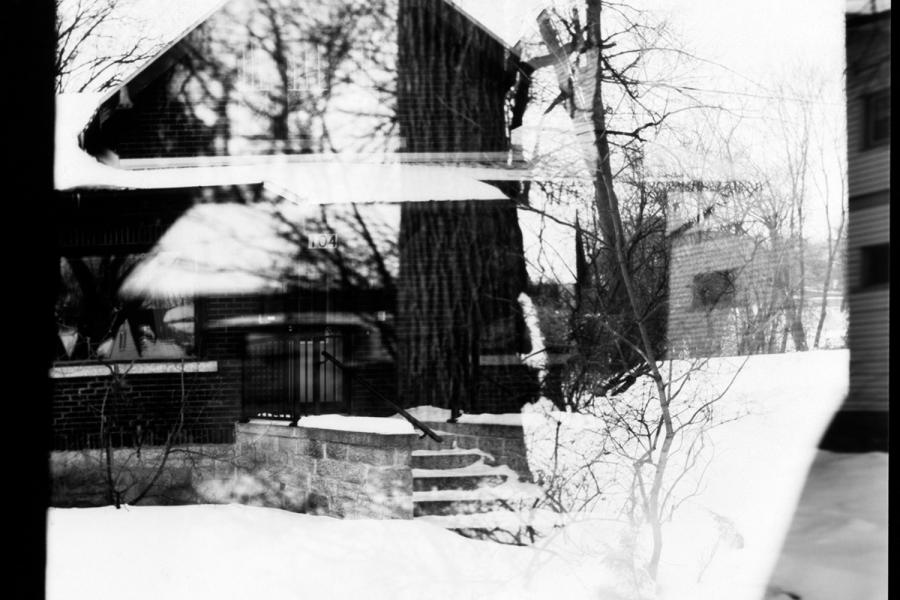
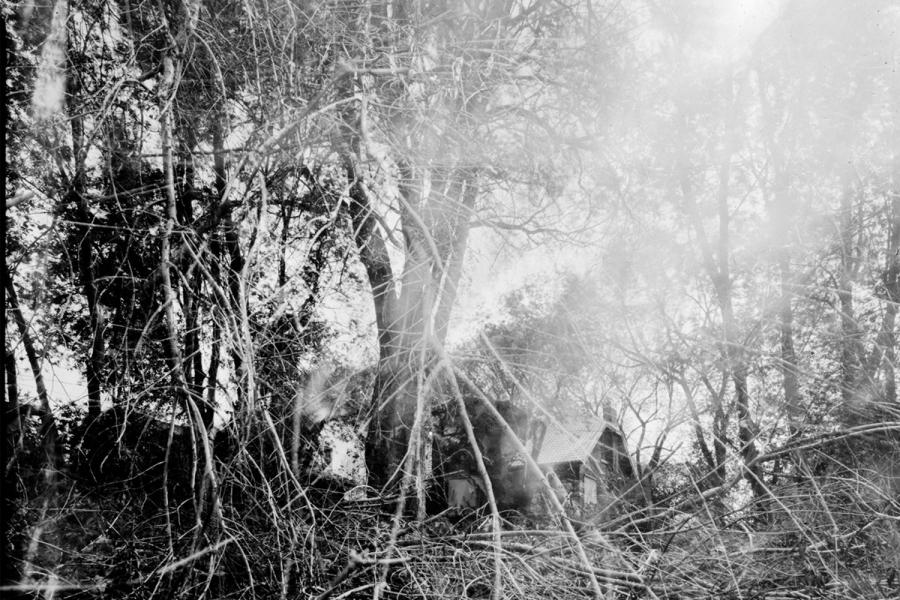
Photograph | Drawing
Research through drawing and modeling have long been standard practice for architects. The mediums have been thoroughly explored and continue to experience innovation. In contrast, there has been little evolution in how photography is used to represent architecture and the environment. Contemporary architecture photography is used to sell the building to tenants or used to document projects for portfolios.
Andreas Gursky and Michael Wolf have indirect/unique approaches to their images. Their works use specific framing, inclusion and/or exclusion of elements to achieve an abstract, surreal, visually interesting image. These images, however beautiful, maintain their quality of a document, rather than a generative work.
In their drawings of the Retreating Village, Smout/Allen layer multiple stages of movement of the buildings slowly shifting back from an eroding coastline. Peter Cook drew an instruction manual for Instant City to show the impact of the work and acclimatization of the city throughout the intervention of the work. While these architects created the drawings for, at the time unrealized projects, Nat Chard explored a tangible space in the drawing series Durational Space. They attempted to capture what the spatial experience of walking through a room would entail for the traveler to better understand the phenomenological experience imparted through an architecture.
I seek to find another way of researching site and architecture using photographic means, challenging what has become the standard of photographic representation. Photography has the ability to be generative, not simply to document.
By building photo-imaging devices specific to the site that photograph using overlapping perspectives, focal planes and other experimental imaging, I endeavor to create a body of work that allows the viewer to enter the environment differently, to observe the otherwise unknowable. The images created will be used as a tool to generate an architecture with more contemporary methods of exploration.
